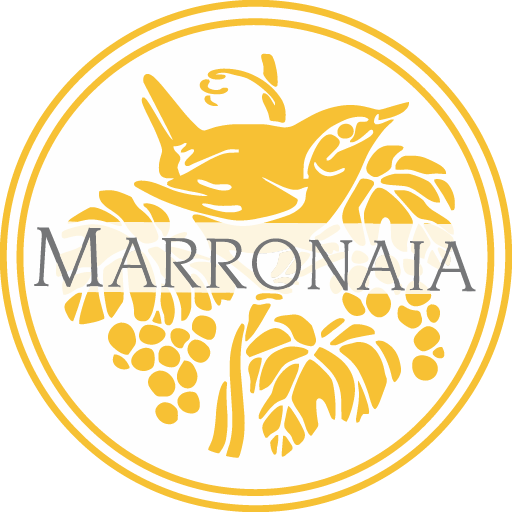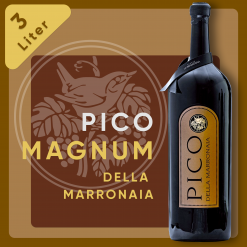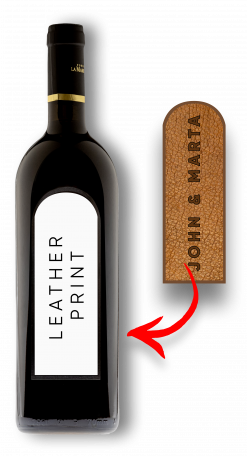Hello Marronaia Friends! Today with Paola’s Florence Tours – Paola Migliorini we we visited the Duomo of Volterra.
The Cathedral of Santa Maria Assunta is the principal Catholic place of worship in Volterra, in the province of Pisa, the mother church of the diocese of the same name. In November 1957, Pope Pius XII elevated it to the dignity of a minor basilica. It is not sure which was the first cathedral in the city; in any case, starting from the ninth century, there was a church dedicated to Santa Maria.
Rebuilt after the violent earthquake of 1117, it was enlarged in the second half of the thirteenth century.
The cathedral displays a classical decoration in the transept, including lunettes adorned with the flattened ornamentation technique of pre-Romanesque style and sloping rhombuses that housed ceramic basins in the center. The same rhombuses are also present in the salient façade, divided into three sections by quadrangular Lombard-type pilasters. The marble portal is made up of reused material from the Roman theater of Vallebuona. While retaining the Latin cross basilica shape with three naves in its structure and layout, the interior offers a late Renaissance appearance.
The Cathedral of Santa Maria Assunta is the principal Catholic place of worship in Volterra, in the province of Pisa, the mother church of the diocese of the same name. In November 1957, Pope Pius XII elevated it to the dignity of a minor basilica. It is not sure which was the first cathedral in the city; in any case, starting from the ninth century, there was a church dedicated to Santa Maria.
Rebuilt after the violent earthquake of 1117, it was enlarged in the second half of the thirteenth century.
The cathedral displays a classical decoration in the transept, including lunettes adorned with the flattened ornamentation technique of pre-Romanesque style and sloping rhombuses that housed ceramic basins in the center. The same rhombuses are also present in the salient façade, divided into three sections by quadrangular Lombard-type pilasters. The marble portal is made up of reused material from the Roman theater of Vallebuona. While retaining the Latin cross basilica shape with three naves in its structure and layout, the interior offers a late Renaissance appearance.






